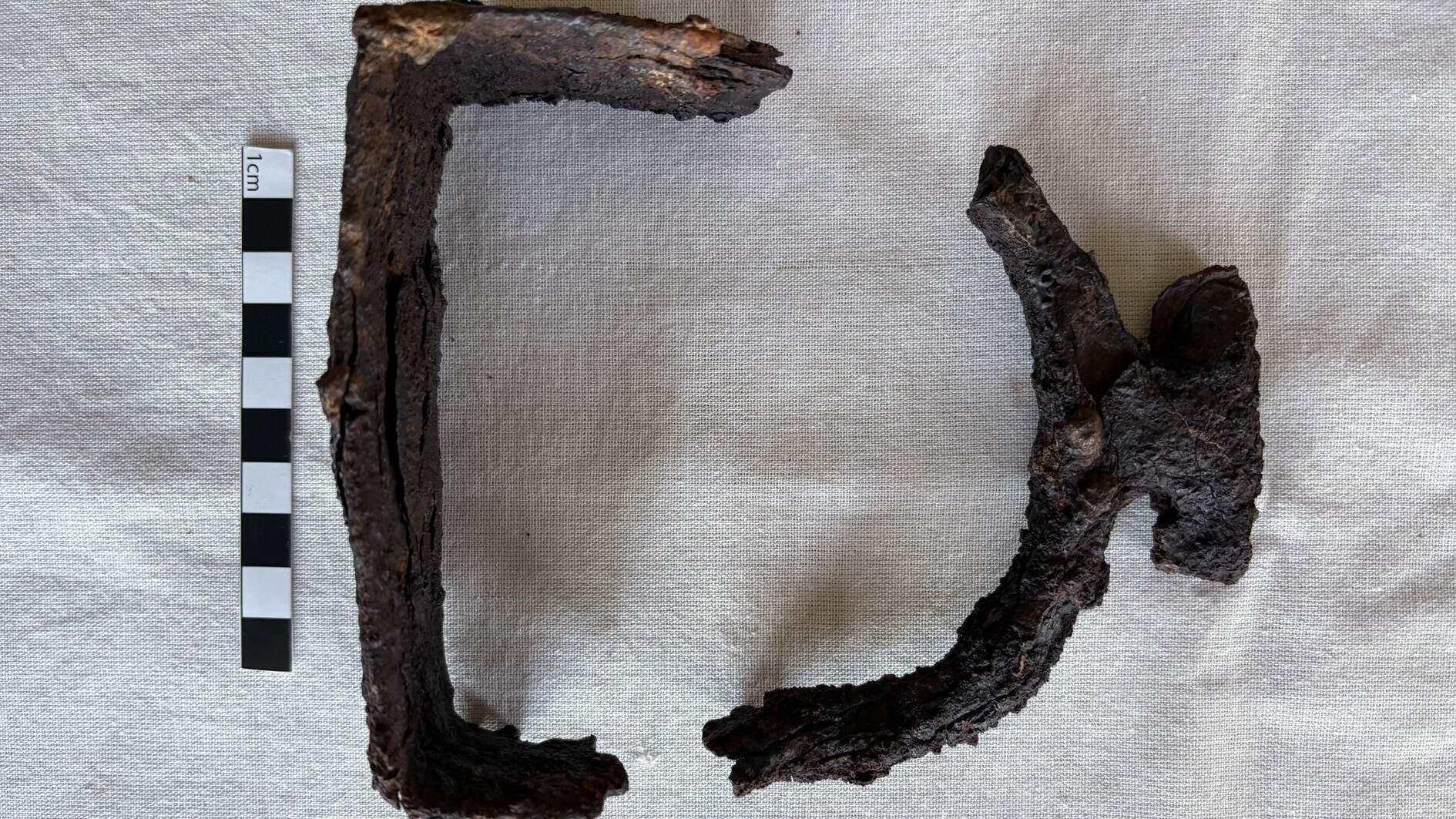
Archaeologists have unearthed a stirrup dating back to the Seljuk period during excavations at the ancient city of Komana Pontika in the northern province of Tokat.
Professor Burcu Erciyas, head of the excavations and a faculty member at Middle East Technical University’s (METU) Faculty of Architecture, said that ceramic and metal artifacts, as well as numerous animal bones, were uncovered in the Seljuk layers of the site.
Erciyas noted that previous studies on plant remains and animal bones had revealed significant information about agriculture and livestock practices in the Komana Plain during the Seljuk era.
“According to our findings, in the 13th century, sheep and goats were the most commonly raised animals, followed by cattle and then pigs. Poultry was also widely consumed, while fishing and hunting — except for wild hare — were of lesser importance,” she said.
In addition to these findings, horse bones from the Seljuk period were also discovered, including one nearly complete and several partial horse skulls.
“This year’s excavations have advanced our understanding of horsemanship in Komana,” Erciyas said. “A single iron stirrup dated to the Seljuk period was found. The earliest examples of stirrups date back to the 4th–5th centuries in China, and in Anatolia they are mostly known from the Ottoman period. Therefore, the 13th-century example found in Komana is quite unique and exceptional. This discovery provides new insight into equestrian culture and horse breeding in the region, shedding light on the settlement history of Turks in Anatolia. Another important find from this year is a ceramic handle shaped like a horse’s head, further emphasizing the significance of horses in Komana.”
Once a major cultural center under the Kingdom of Mithridates, Komana Pontika remained semi-autonomous during the Roman Empire. The site was a sacred area dedicated to the Anatolian goddess Ma, attracting visitors from across Anatolia with its religious festivals, lively marketplace, and fertile lands.
The Komana Pontika Archaeological Research Project was launched in 2004 to locate the ancient city and study its urban layout. Excavations began after surface surveys conducted in the Gümenek Hamamtepe area produced promising results.